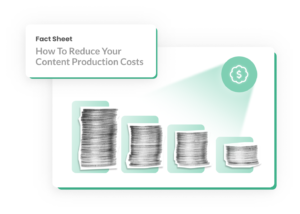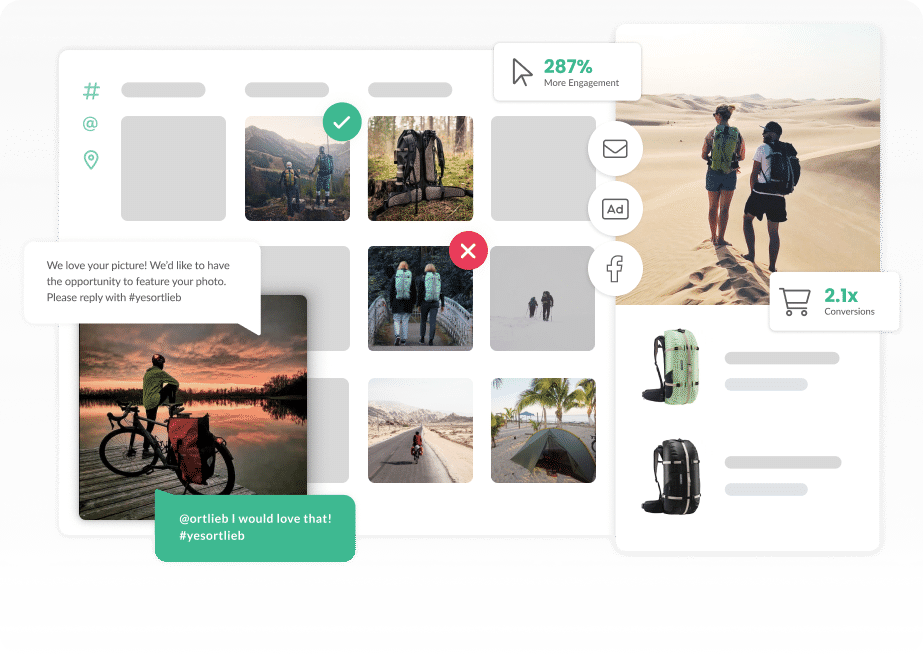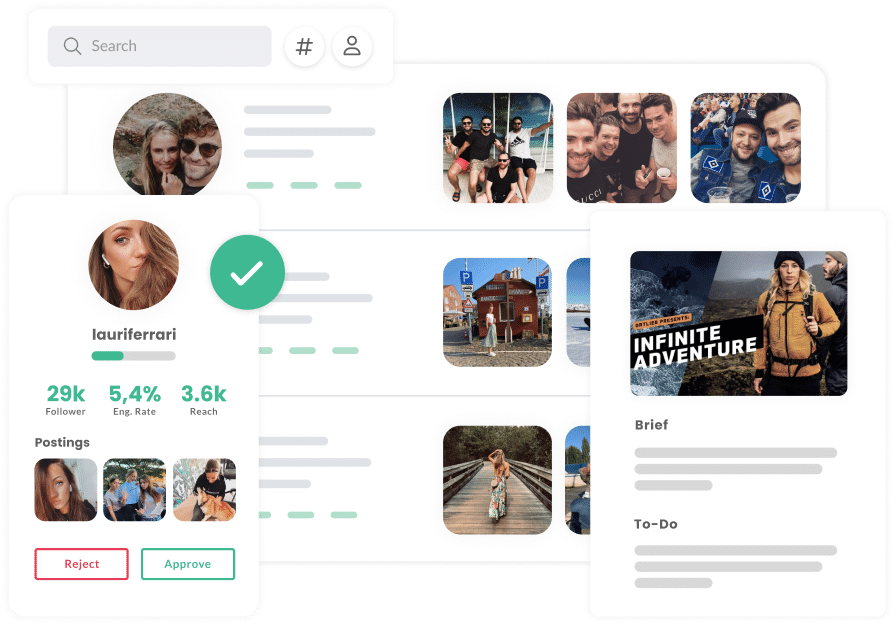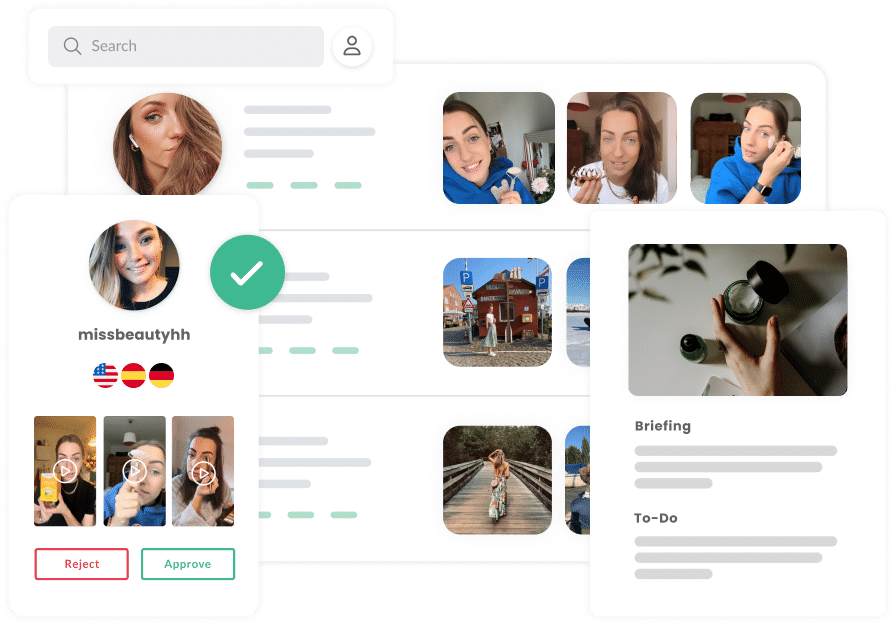Influencer marketing is booming. According to a study by MAI xpose360, 72% of companies are planning to increase their investments in this area. This trend clearly shows that brands are increasingly relying on the power of social media and their influencers. But is this strategy really worthwhile? And how can companies invest today in order to benefit tomorrow? In this article, we take a look at the future of influencer marketing and explain why it is worthwhile for brands to get involved right now.
The Power of Influencers
Influencers have long been more than just advertising media. They are trusted figures for their followers and can significantly influence purchasing decisions. According to Influencity, there are already 587,744 active influencers in Germany, which corresponds to 0.7% of the population. In 2022, German influencers reached 61 million users, and the trend is rising. For brands, this represents an enormous opportunity to address their target group directly and authentically.

Lade dir jetzt unseren Fact Sheet herunter und erfahre, wie du im Handumdrehen die Contentproduktion für deine Marke optimierst und die Kosten reduzierst.
Advantages of Influencer Marketing
Authentic Advertising
Influencer marketing creates trust. Unlike traditional advertising, it is more personal and credible. Influencers test products, share their experiences and make recommendations. This is well received by followers: 71% would buy a product that was recommended to them on social media. For brands, this means higher conversion rates and stronger customer loyalty.
Addressing specific Target Groups
A major advantage of influencer marketing is the precise target group approach. Every influencer has their own, often very specific community. Brands can therefore reach exactly the people who are relevant to their products. This increases the efficiency of marketing expenditure and minimizes wastage. The younger generation is particularly active here: 81% of 16 to 29-year-old German social media users follow influencers.
Cost Efficiency
Influencer Marketing kann im Vergleich zu traditionellen Werbeformen sehr kosteneffizient sein. Besonders Micro-Influencer bieten oft ein gutes Preis-Leistungs-Verhältnis. Sie haben zwar weniger Follower, dafür aber oft eine sehr engagierte Community. Brands können so mit kleinerem Budget bereits große Wirkung erzielen. Das macht Influencer Marketing auch für kleinere Unternehmen interessant.
Success Factors in Influencer Marketing
The right Brand Fit
The success of an influencer campaign depends largely on choosing the right partners. It’s not just about reach, but above all about relevance and authenticity. The influencers should match the brand and their followers should correspond to your company’s target group. Careful analysis in advance is therefore an important part of the process.
Long-term Partnerships
Although one-off collaborations can generate attention in the short term, long-term partnerships are often more effective. They make it possible to build a deeper connection between the influencer, brand and target group. This strengthens credibility and leads to more sustainable results. Your goal should therefore be to invest in lasting relationships with selected influencers.
Content Quality
The content is crucial. High-quality, creative and relevant content is the key to success in influencer marketing. Brands should give influencers creative freedom, but at the same time set clear guidelines for collaboration. This creates content that is both authentic and effective.
Future trends in influencer marketing
Artificial Intelligence
AI is revolutionizing influencer marketing. With the help of analytical predictions, AI can enable brands to predict future trends and identify the most effective influencers. This technology helps to optimize campaigns and maximize the return on investment. Brands that invest in AI-powered analytics tools today will have a competitive advantage tomorrow.
New Platforms and Formats
The social media landscape is constantly changing. TikTok and Instagram Reels are just the beginning. Brands must remain flexible and use new platforms and formats at an early stage. Video content is becoming increasingly important, as are interactive formats such as live streams or AR filters. Those who are pioneers here can secure a head start.
Micro- and Nano-Influencers
The trend is towards smaller but more committed communities. Micro- and nano-influencers often have a very loyal following and high engagement rates. This offers brands the opportunity to address very specific target groups. Investing in a network of smaller influencers can be very effective in the long term.
Conclusion: Invest now, profit tomorrow
Influencer marketing is more than just a short-term trend. It is an investment in the future of brand communication. According to Statista, the market for influencer marketing in Germany will grow by 22.7% annually until 2024. Brands that get on board now and take a strategic approach can benefit from this growth. They can build relationships, gain trust and reach their target groups more effectively than ever before.
The future of marketing is personal, authentic and digital. Influencer marketing combines all of these aspects. It enables brands to build real connections with their customers. At a time when trust and authenticity are becoming increasingly important, this is an invaluable advantage. His enthusiasm for beauty makes him a popular contact for all things beauty.










